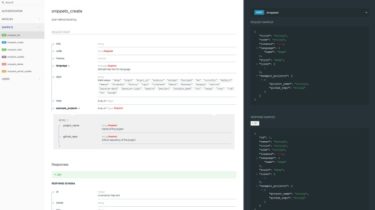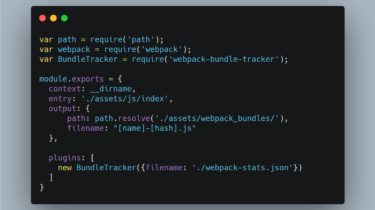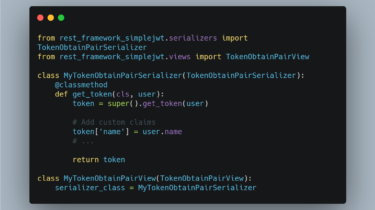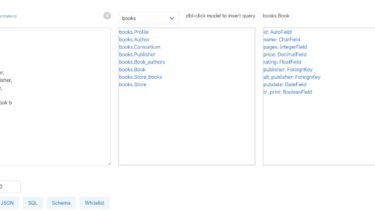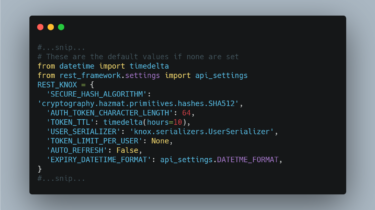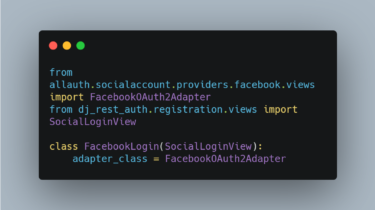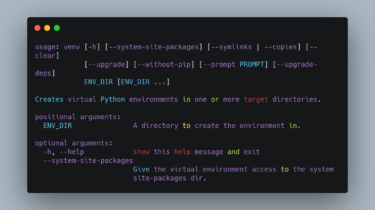Creating delicious APIs for Django apps since 2010
django-tastypie Creating delicious APIs for Django apps since 2010. Currently in beta but being used actively in production on several sites. Requirements Core Python 2.7+ or Python 3.4+ (Whatever is supported by your version of Django) Django 1.11, 2.2 (LTS releases) or Django 3.0 (latest release) dateutil (http://labix.org/python-dateutil) >= 2.1 Format Support Optional What’s It Look Like? A basic example looks like: # myapp/api.py # ============ from tastypie.resources import ModelResource from myapp.models import Entry class EntryResource(ModelResource): class Meta: queryset = […]
Read more
